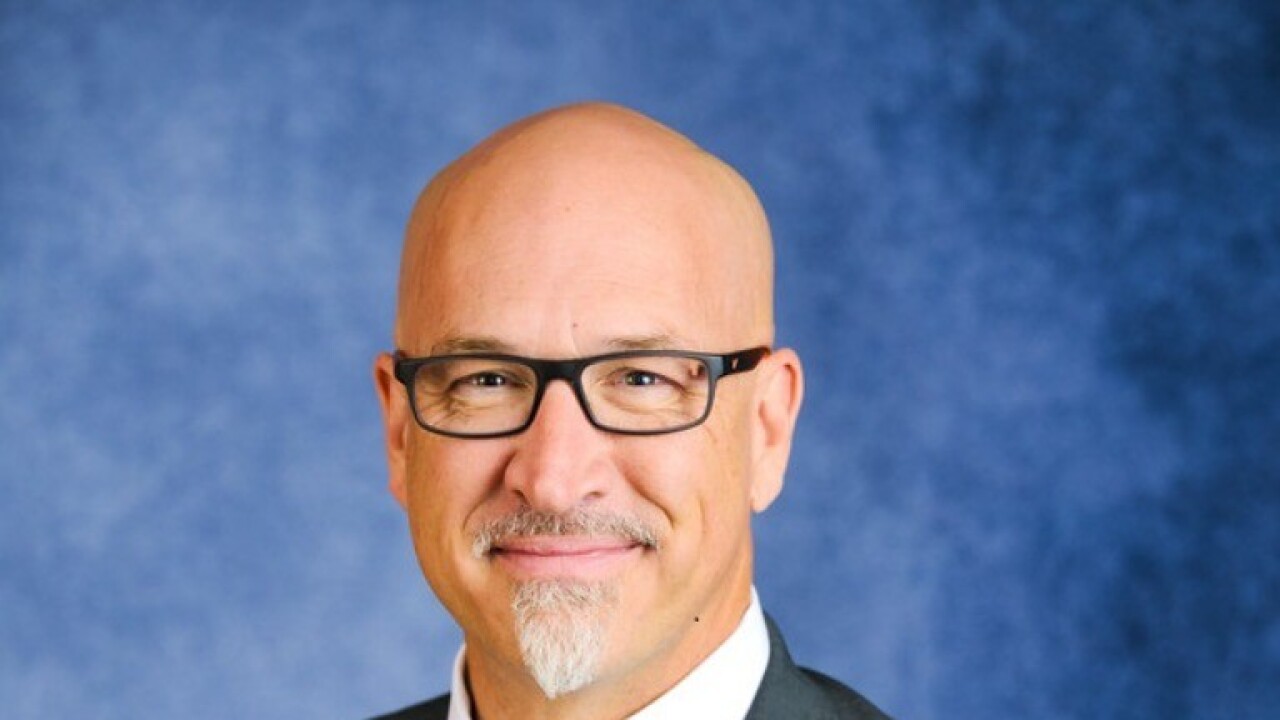As the 115th Congress gets to work and a new president prepares to take office in less than two weeks, the fate of the Affordable Care Act remains unknown. A full repeal and a partial repeal are both still on the table.
Unfortunately, the rhetoric coming from both sides of the aisle on what employers can expect has been “sloppy,” making it difficult for employers to plan, says Steve Wojcik, the National Business Group on Health’s vice president of public policy.

Still, there are elements of the ACA that employers are hoping will be repealed, Wojcik says. Those include the Cadillac tax on employer plans, the employer mandate and reporting and administrative requirements — all of which placed “unnecessary burdens and costs” on corporations that already were providing affordable, quality healthcare coverage for their employees, he says.
“We are very hopeful that the excise tax [will be] repealed in 2017, regardless of how the rest of the law shakes out, because it affects everyone, employers, employees,” Wojcik says. “Because there was broad bipartisan consensus between both candidates on the campaign trail, we’re hoping to see some action to permanently eliminate the excise tax — if not this year, next.”
Employers need to keep pace with the latest developments impacting health plans. Mercer shares what to watch out for in the coming months.
But not all of the ACA has been condemned by employers. For example, keeping children younger than 26 on a parent’s plan remains popular, as well as other parts of the ACA such as the fast tracking for biosimilars to compete with biologics.
Concerns about growing expenditures for specialty medications top many employers’ lists of concerns. NBGH’s “Large Employers’ 2017 Health Plan Design Survey,” released last summer, highlighted the dramatic spike in specialty pharmaceuticals as a real concern to employers.
For the first time in NBGH’s annual survey, a majority of employers are considering specialty pharma to be the highest driver in health costs, even though specialty pharma only affects 2%- 4% of the population.
“We’ve seen employers stepping up in management and plan design to make sure medications are being used appropriately and there isn’t a jump to the most expensive medication without trying an alternative medication first,” Wojcik notes.
But employers can only do so much, he adds. We’re dependent on the manufacturers to be reasonable in their pricing and the policymakers to do whatever they can to encourage more reasonable pricing through changing Medicare policies, or FDA regulations to increase competition — such as the expediting the biosimilars market.
Renewed focus on wellness
As the country continues to combat rising healthcare costs, well-being programs are taking an even larger role in employer strategies.
“There’s an increased focus on a broader sense of employee well-being,” Wojcik says. “Physical health is a part of it still, but we’re seeing increasing interest in emotional health, including things like feeling socially connected to your community as well as EAP-type resources.”
Financial health is another part that more and more employers are focusing on, he adds.
“[Employers] are broadening their scope and recognize the interconnectedness of it all,” he says. “We’re seeing more recognition on how these well-being programs affect employee satisfaction and overall business performance.”
And workers are engaging in these programs. In a survey done in partnership with Aon Hewitt, an overwhelming majority of employees (71%) felt it was good for their employer to focus resources on physical well-being, and 70% said emotional health should be a strong area of focus. Meanwhile, 54% of employees said a focus on financial wellness would engage employees.






